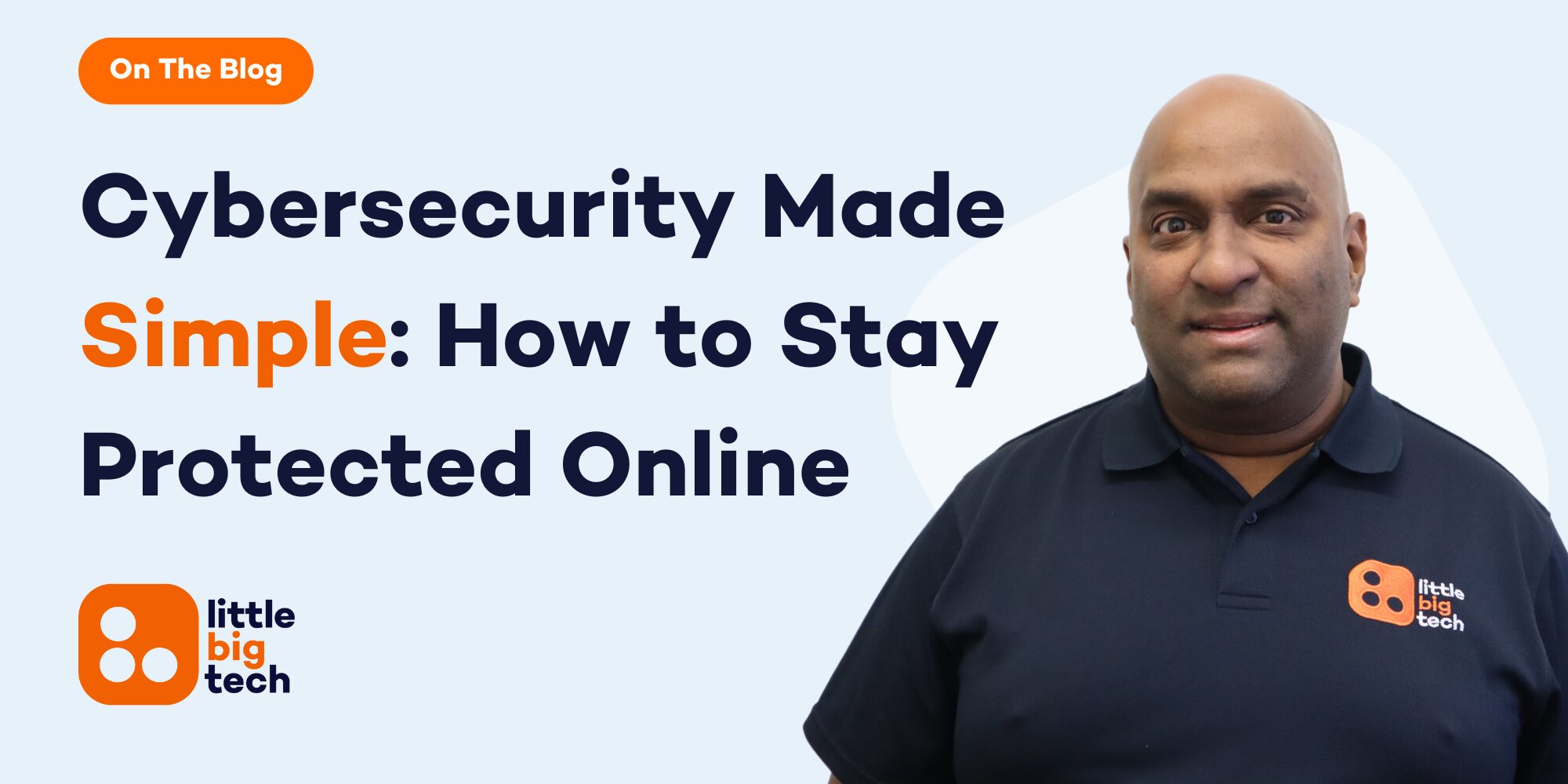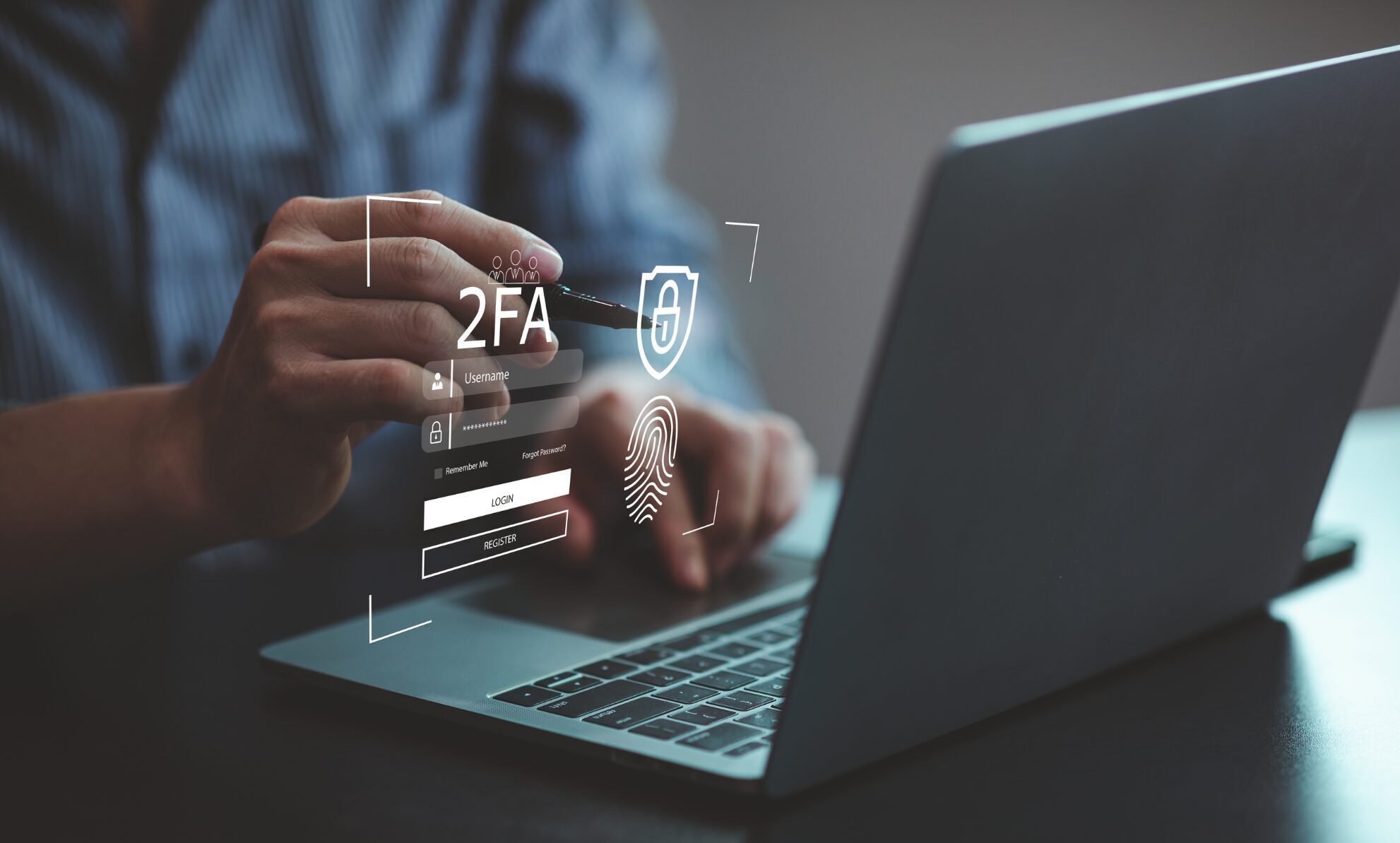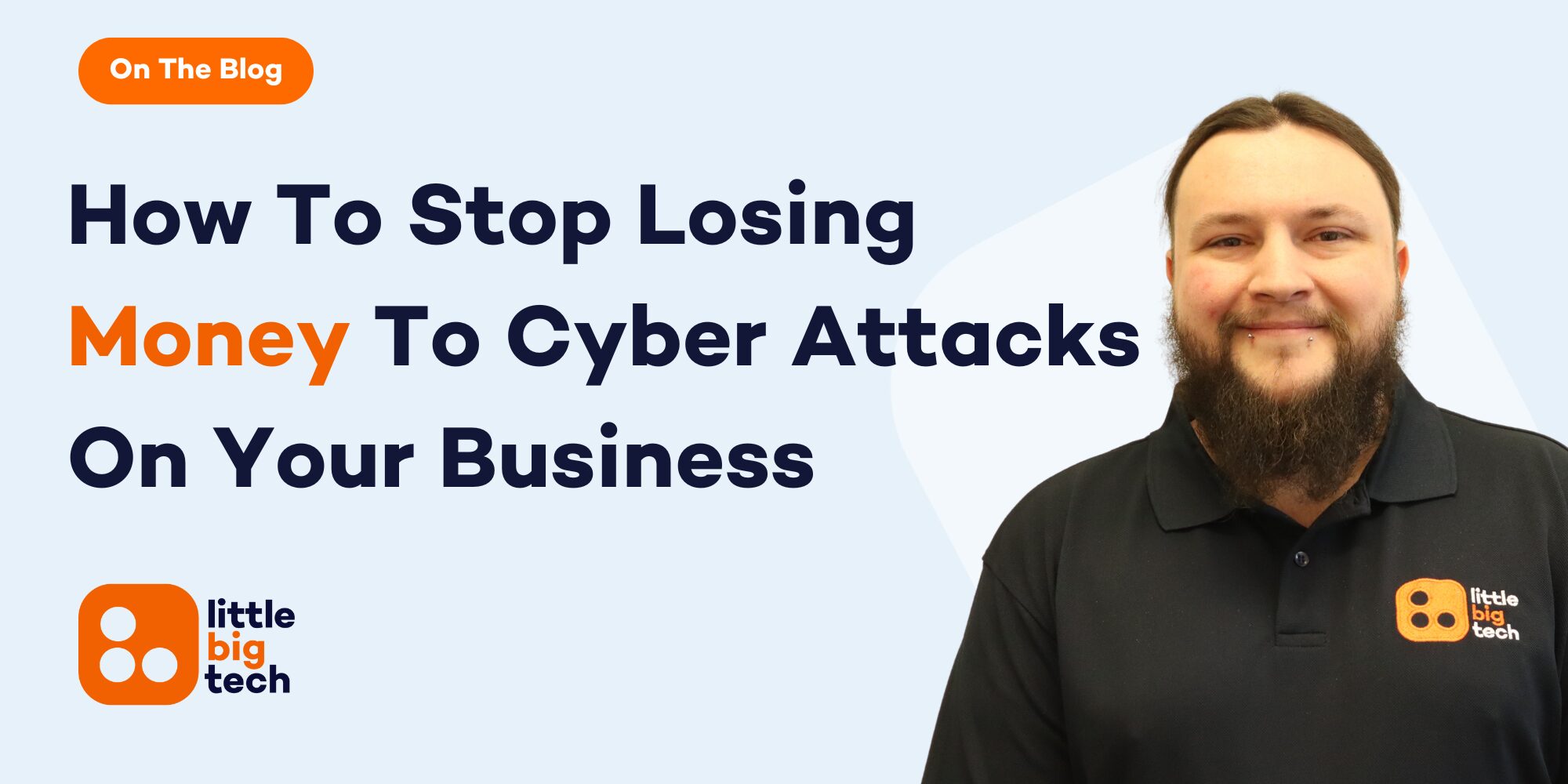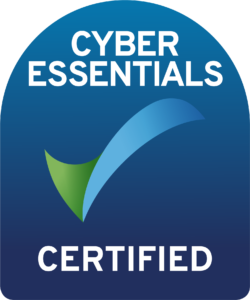Cybersecurity basics are essential for protecting yourself online. With more of our lives happening digitally—whether it’s banking, shopping, or working remotely—the risks of cyber threats are higher than ever. Hackers, scammers, and malware are constantly evolving, making it critical for everyone to understand how to stay safe.
But cybersecurity doesn’t have to be overwhelming. You don’t need to be a tech expert to protect yourself online. By focusing on a few simple steps, you can secure your personal and business information from common cyber threats.
In this blog, we’ll break down the basics of cybersecurity in a way that’s easy to understand and simple to follow. From protecting your passwords to spotting phishing attempts, these tips will help you build a strong foundation for online safety. Whether you’re browsing for fun or running a business, mastering cybersecurity is your first line of defence.
What Are Cybersecurity Basics?

Cybersecurity is the fundamental steps you can take to protect yourself and your devices from online threats. They’re not about complex technology or advanced programming—they’re simple, practical actions that anyone can follow to stay safe online.
At its core, cybersecurity is about safeguarding your personal and business information. This includes protecting your passwords, emails, banking details, and anything else that might be valuable to cybercriminals. Cybersecurity helps to shield you from risks like hacking, identity theft, and malware infections.
For example, think about the passwords you use every day. If they’re weak or reused across multiple accounts, hackers can easily gain access. Another example is phishing emails, which trick people into sharing sensitive information by pretending to be from trusted sources. These are just a few scenarios where cybersecurity play a vital role.
When you understand and apply these basics, you create a strong first line of defence against cyber threats. It’s not about being perfect—it’s about being prepared. By following simple steps like enabling multi-factor authentication or avoiding suspicious links, you can make it much harder for hackers to target you. Cybersecurity basics are the foundation of staying protected in an increasingly digital world.
Common Cybersecurity Threats
Understanding common cybersecurity threats is an important part of staying protected online. These threats come in many forms, and knowing what to look out for can help you avoid becoming a victim.
Phishing Attacks
Phishing is one of the most widespread threats. Cybercriminals send emails or messages pretending to be from trusted organisations, tricking you into sharing sensitive information like passwords or credit card details. For example, you might receive an email claiming your account has been compromised, urging you to click a link to “fix” the issue.
Weak Passwords
Using simple or reused passwords across multiple accounts makes it easy for hackers to gain access. A weak password is like leaving your front door unlocked—it invites trouble.
Malware
Malware refers to malicious software designed to damage your device or steal your data. It often comes disguised as harmless downloads, attachments, or links, waiting for you to unknowingly install it.
Public Wi-Fi Risks
Free Wi-Fi at coffee shops or airports might be convenient, but it’s also risky. Cybercriminals can use these unsecured networks to intercept your data or plant malicious software on your device.
Ransomware
This type of malware locks you out of your files or systems until you pay a ransom. It’s a growing problem for businesses and individuals alike.
By recognising these threats, you can take steps to avoid them. Remember, staying alert is one of the most important cybersecurity tips.











